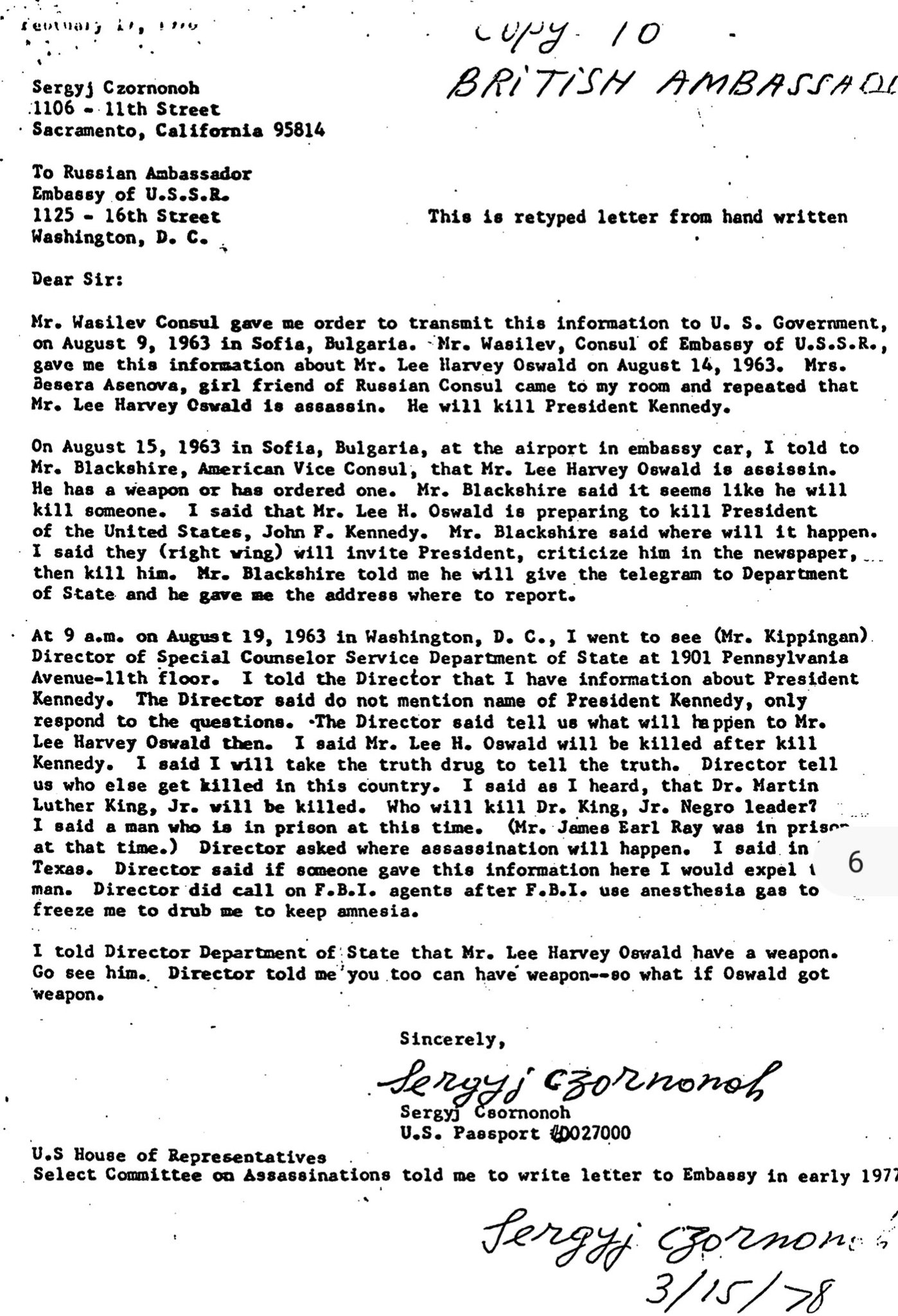There's nothing to be found that's interesting in these files, just as with the Epstein flight logs. Both are huge nothing burgers. You might find a mention of Israel or Mossad etc, but much more about Cuba and Castro. The only thing surprising about it is that is was classified to begin with, as it's so mundane and boring info.
You are using an out of date browser. It may not display this or other websites correctly.
You should upgrade or use an alternative browser.
You should upgrade or use an alternative browser.
The 1963 American Coup / Assassination of JFK
- Thread starter cognitive dissonance 73
- Start date
There's nothing to be found that's interesting in these files, just as with the Epstein flight logs. Both are huge nothing burgers. You might find a mention of Israel or Mossad etc, but much more about Cuba and Castro. The only thing surprising about it is that is was classified to begin with, as it's so mundane and boring info.
Yes and the tweet above looks like a rant from a Saudi guy. Download the files and do a search for random intelligence agencies or countries. You will find references to Cuba, Italy, Russia, etc. There’s also a handwritten letter from a Russian pre-assassination who claims his friend told him Oswald was going to do it and also that MLK was next. Some people are tweeting stuff from the files released by Biden too. Few are checking actual sources and docs or thinking. It just gets retweeted and shared for views and confirmation bias sets in, with manipulation by algos. Now I see how the Q stuff which was over the top ridiculous got so far.
You're new here. Welcome!Yes and the tweet above looks like a rant from a Saudi guy.
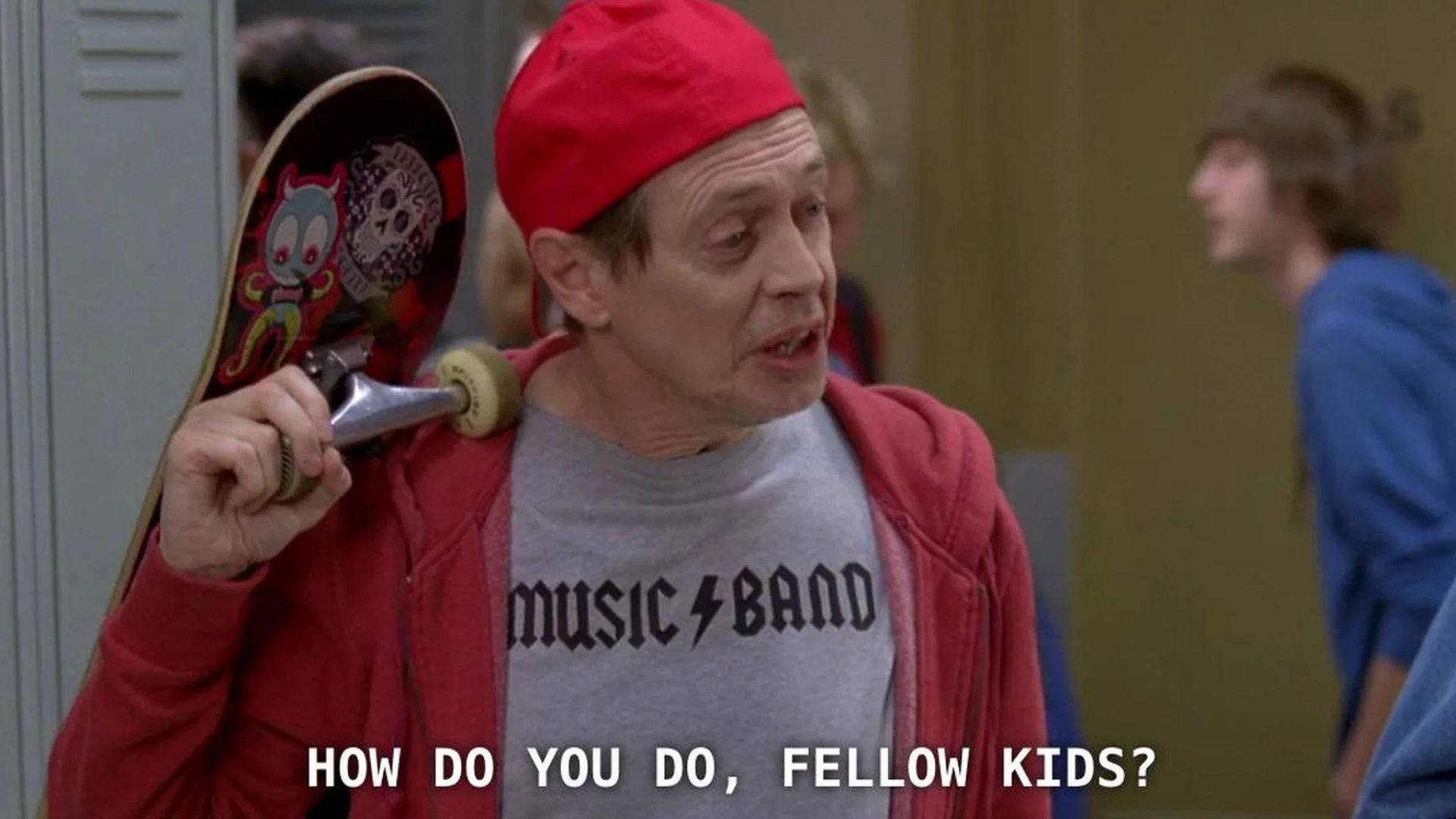
This. This is what is significant about the revealed files. The trails all lead to this one man, James Angleton. Israel is the most likely suspect, no contest.
Stew Peters on it. I wonder if Kash Patel knows the real Israel connection. Are you aware of the role of James Angleton, Samseau?This. This is what is significant about the revealed files. The trails all lead to this one man, James Angleton. Israel is the most likely suspect, no contest.
Stew Peters on it. I wonder if Kash Patel knows the real Israel connection. Are you aware of the role of James Angleton, Samseau?
No, first time learning of this man.
Stew Peters on it. I wonder if Kash Patel knows the real Israel connection. Are you aware of the role of James Angleton, Samseau?
Good source here:

Angleton, Mossad, and the Kennedy Assassinations
Edward Curtin wrote four years ago on Counter-Currents: perhaps no one epitomized the twisted mind games played by intelligence agencies more than James Jesus Angleton, the notorious CIA Counterintelligence Chief for so many years, in whose safe were found gruesome photos of Robert Kennedy’s...
www.unz.com
Other articles on the subject:
- The Unz Review
www.unz.com
Newly released JFK files confirm a secret intelligence pipeline between the CIA and Israeli intelligence, personally overseen by CIA counterintelligence chief James Angleton.
This wasn’t just routine intel sharing—it was a deliberate effort to conceal Israel’s involvement in sensitive U.S. operations, bypassing standard intelligence channels.
Angleton acted as the sole gatekeeper, ensuring that all Israeli-related intelligence was filtered through him alone.
He also controlled the flow of intel to the FBI, carefully scrubbing reports to ensure that Israeli intelligence was never directly named—a covert operation hidden in plain sight.
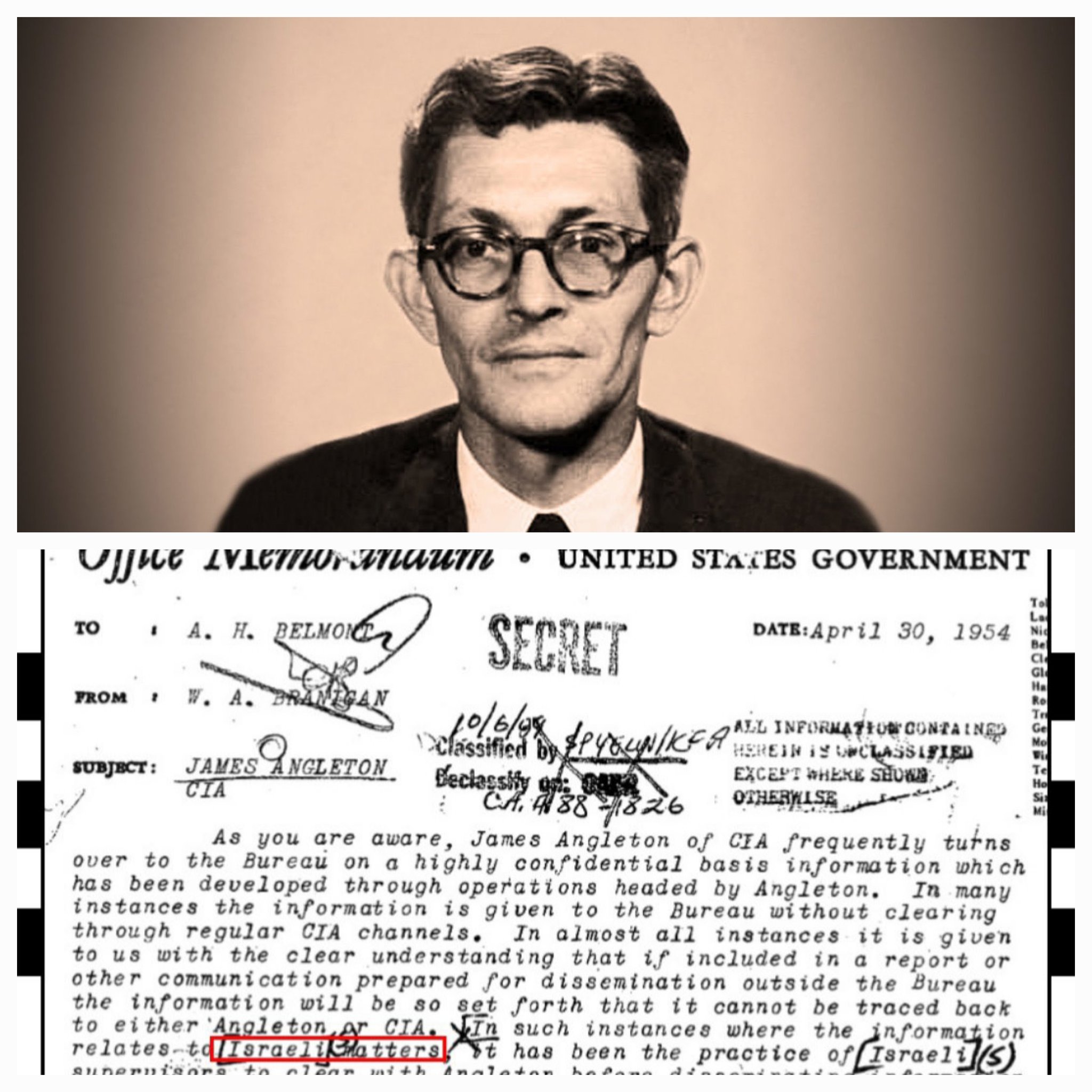
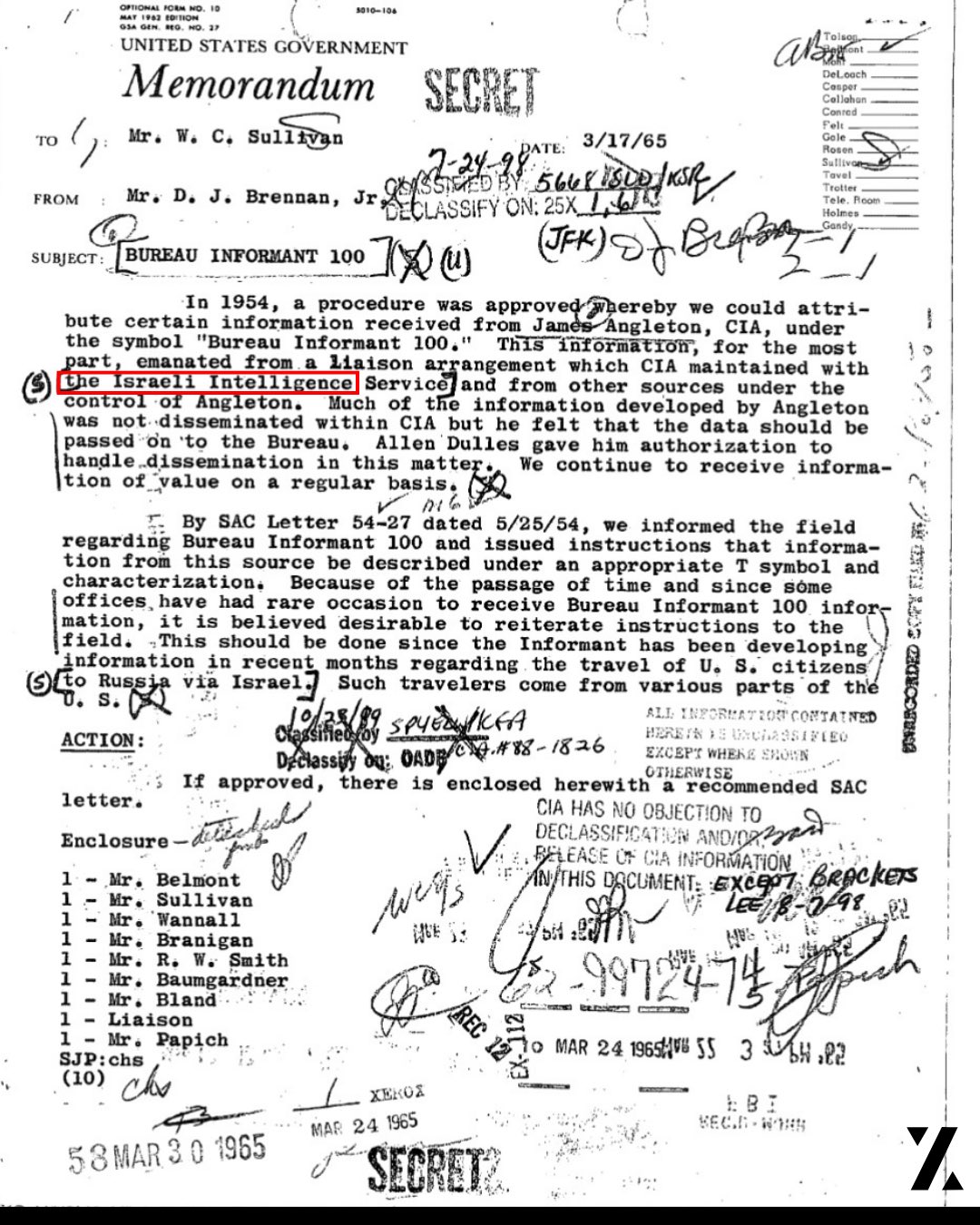
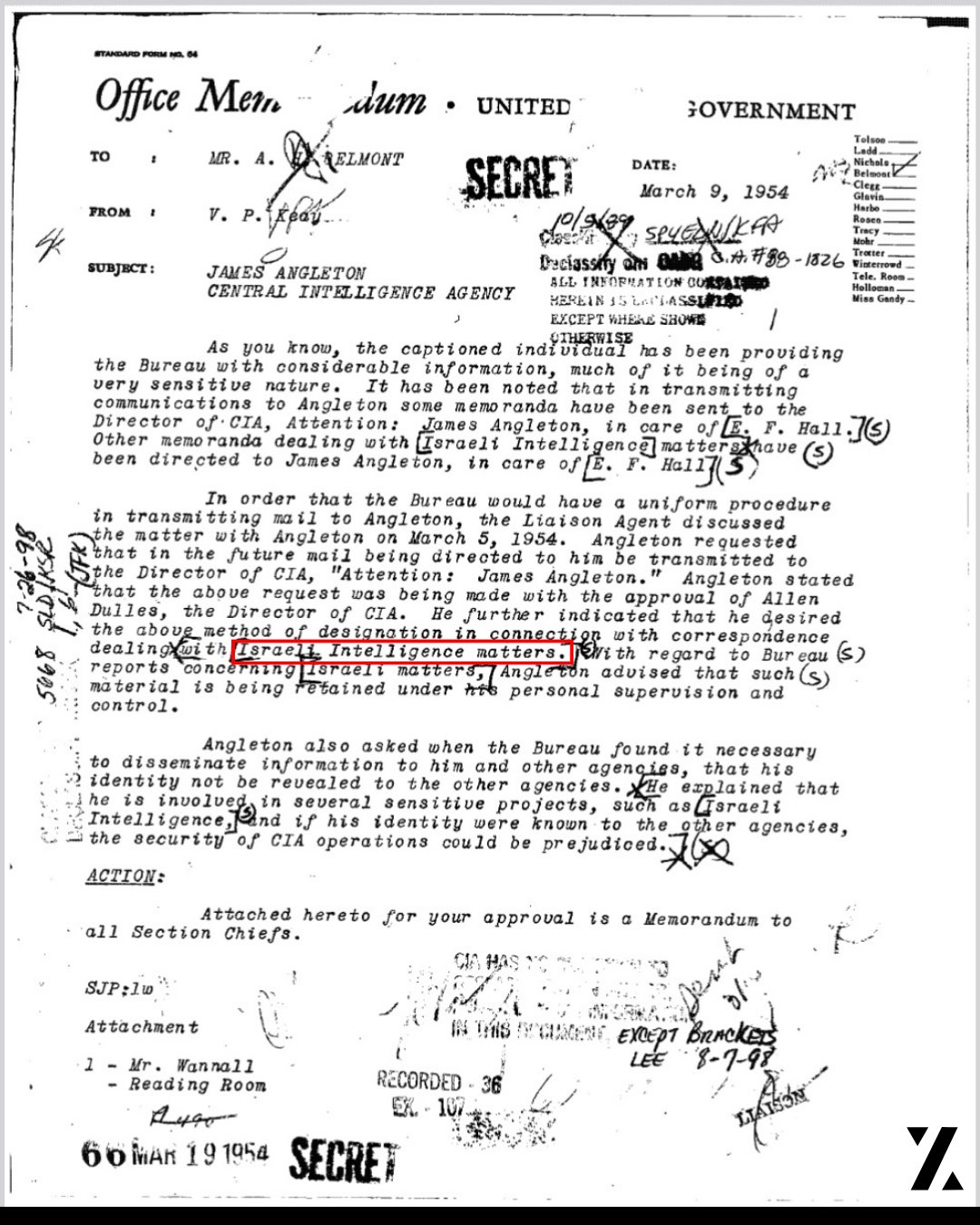
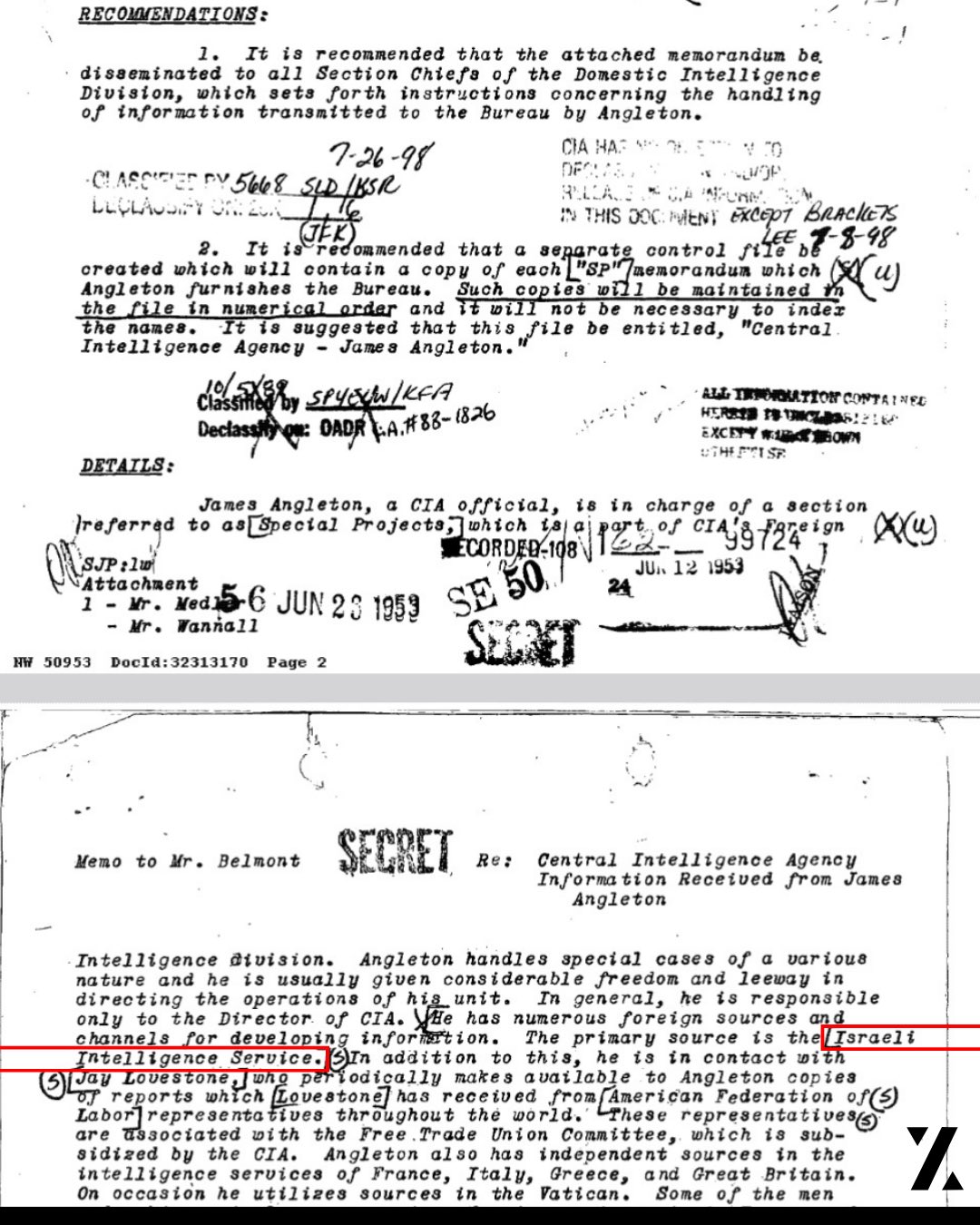
JFK FILES: ALAN BELMONT ON RUBY-OSWALD CONNECTION
In his May 6, 1964 interview, Alan Belmont, Assistant FBI Director, was questioned about any possible connection between Jack Ruby and Lee Harvey Oswald.
Belmont:
"We did not come up with anything solid, nothing that would stand up to indicate any association between Ruby and Oswald. We had numerous allegations but no substantial evidence."
However, key pages of the interview are missing.
The full PDF is only 52 pages, but the interview continues up to page 473.
What are we not seeing?
Source: @zerohedge
...
JFK FILES: THE SECRET 1961 MEETING THAT SHAPED U.S. COVERT OPERATIONS
June 8, 1961.
Deep inside a classified meeting, a select group of U.S. officials gathered to discuss how far America should go in controlling foreign governments from the shadows.
This “Secret – Eyes Only” document reveals a tense conversation about using the CIA to secretly fund and influence political parties in other countries—a strategy so controversial that even those in the room debated whether it should ever be put in writing.
CIA Director Allen Dulles, the mastermind behind countless Cold War covert ops, made his stance clear: these actions needed approval from the State Department and “higher authority.”
But he also suggested something even more alarming—that the Special Group should have the power to greenlight these missions without seeking permission.
The discussion didn’t stop there. Reports from Vietnam were circulating, raising concerns about how the U.S. should escalate its influence.
This was 1961—years before full-scale war broke out, but the foundations were already being laid. The meeting signaled that Vietnam was on the U.S. radar for deeper covert involvement.
Meanwhile, Gary Powers’ name surfaced.
The U-2 spy plane pilot had been shot down over the Soviet Union the year before, exposing U.S. surveillance operations. His capture was a stark reminder of what could happen when secret missions went wrong—and yet, the U.S. was preparing for even riskier operations.
From manipulating foreign elections to shaping future conflicts, this four-page document shows how the U.S. was making decisions that would fuel the Cold War, escalate Vietnam, and entrench America in a world of espionage and political warfare.
What else was decided behind those closed doors?
Source: National Archives (NARA), File No. 176-10011-10152
What was "James Angleton's" real name? This is a Talmud, using an alibi. Dual citizen detected, there is obviously so much more behind this man that meets the eye.
What's abundantly clear is that the CIA is what we think it is, a rogue arm of the US government, and heavily influenced and/or working with Israeli intelligence, also suspected by many for years. It seems also that blackmail, whether in politics, media, Hollywood, etc is all the same - the bait is fame and money, and the control is via blackmail and extortion.
Angleton was a very eccentric man, even as spooks go. His middle name is of hispanic origin (mother was a naturalized US Cit from Mexico, nee Moreno) "hay-soos." He was a near/paranoid type that went so far as to scuttle the experience of soviet defectors that came over to the US after a defector named Golitsyn (this is called the Nosenko affair - Nosenko being a legit defector that was treated horribly as a false flag by the CIA).
Angleton's apparent deep involvement with Israel gov't is a bad sign. He's definitely the type to bury/destroy original source docs so as to protect a relation he favored. There's a handful of books about this guy and none are terribly complimentary.
edit - no need to research the mother's maiden name.
Angleton's apparent deep involvement with Israel gov't is a bad sign. He's definitely the type to bury/destroy original source docs so as to protect a relation he favored. There's a handful of books about this guy and none are terribly complimentary.
edit - no need to research the mother's maiden name.
As in good, or bad? I presume you mean it wasn't a spanish origin name.edit - no need to research the mother's maiden name.
Spanish origin name, apparently common to sephardic jews.As in good, or bad? I presume you mean it wasn't a spanish origin name.
Spanish origin name, apparently common to sephardic jews.
If you know it, please share.
I view this as a tacit admission by Shapiro that Israel was behind the assassination.
Other sephardic jews by name Moreno and pertinent articles:If you know it, please share.

The secret Jewish history of Rita Moreno (who just might be a descendant of very secret Jews)
Star of Leonard Bernstein and Steven Sondheim's 'West Side Story,' wife of a New York cardiologist, Rita Moreno has a very Jewish history.

Jacob L. Moreno - Wikipedia
Here's a brief article about Angleton's very close and conflicted relation with Israel:

The goy and the golem: James Angleton and the rise of Israel
No individual had as large a role in Israel’s shift from an embattled settler state to a regional power as James Angleton, the head of counterintelligence at the CIA in the 50s-70s…
 mondoweiss.net
mondoweiss.net
Angleton was by no account a practicing Jew, but the history of crypto jews in the new world is well enough known, and the mother's namesake is of sephardic origin, hence a logical affinity. I personally know hispanic Americans that admitted they were jewish, some even proudly posting certificates from the Israeli gov't acknowledging their status as a jew. I've met one woman who told of her grandfather having a Catholic cross upstairs and a "star of David" with menora in the basement. She was told that in the old/settler days, such families would secretly pass on their heritage to one/only one child of the next generation, so as to continue the heritage but minimize exposure during the era of Spanish rule.
Regarding Angleton, it is all conjecture, but the mother's namesake is commonly sephardic and his behavior is aligned.
Last edited:
I've met one woman who told of her grandfather having a Catholic cross upstairs and a "star of David" with menora in the basement. She was told that in the old/settler days, such families would secretly pass on their heritage to one/only one child of the next generation, so as to continue the heritage but minimize exposure during the era of Spanish rule.
Wow, crazy levels of evil.


